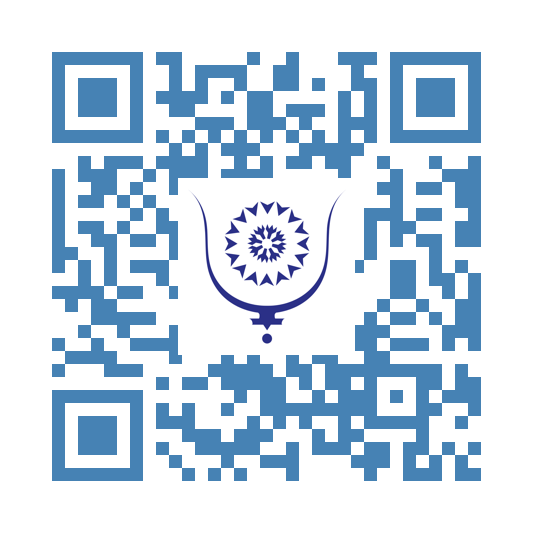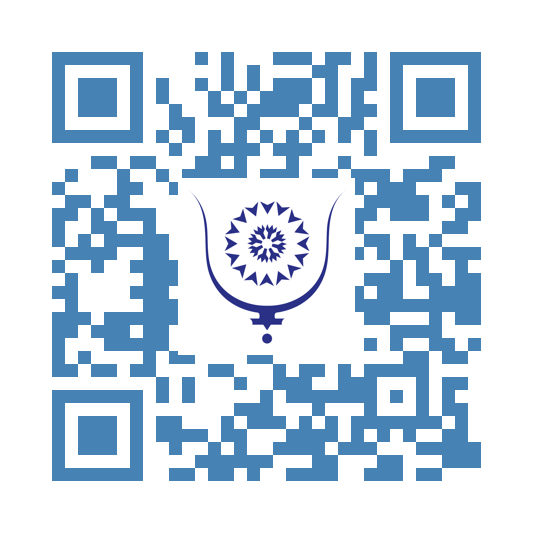How being a parent, a game designer, and a Dungeon Master in D&D all stem from the same skill: worldbuilding. [re-written] 7540
The role of a parent is to be the architect of the world within which their kids grow in, and inevitably grow out of.
At least, that's what the experience of fatherhood has been for me, so far. For some, there is an obvious comparison to be made here with the role of a Dungeon Master (DM) in Dungeons and Dragons (D&D). This is a slippery slope that can quickly lead one to certain delusions, so let's nip that in the bud right now: a DM is not a parental figure to their players, a parent shouldn't attempt to control the fate of their children, and a game designer shouldn't be so obsessed as to turn their kids' life into a game. Let's keep those three things compartmentalized while we identify the root from which these roles all stem.
The shared element between a game designer, a DM, and a parent is the skill of worldbuilding.
But first, for those unfamiliar with the role of a DM or how D&D works, here is a gross over-simplification: D&D is a tabletop role-playing game where players control characters within a world entirely designed by the DM. The DM enforces the laws and nature of the world, as well as narrates consequences of the players' actions, and might control the actions of Non-Player Characters (NPCs), but poses no action in the story. The Players' characters (PCs) have complete agency over their own actions but cannot change the fundamental laws of the universe.
So let's take the scenic route first, and explore worldbuilding as a DM. The flexibility and/or rigidity of a DM's rules in a campaign represent the very fabric of reality within the campaign, shaping the environment for the players. I've read fascinating background stories that DMs keep hidden indefinitely from their players, but are intrinsic parts of the campaign that allow the DM to sculpt a solid fabric of reality for their players to adventure in.
For example, in one fascinating story that was shared on Reddit, the entire universe is the fabrication of a dying child's mind while in a coma, in which the main villain, an NPC controlled by the DM, is the incarnation of the child's understanding of death. The villain senses that the universe is begging to collapse and his mission is to prepare the universe for the end. The player characters are each manifestations of the child's mind struggling to prevail against death itself. While the players may never learn this backstory, it serves as a foundation for the DM to consistently enforce or bend the world's rules and limitations.
Worldbuilding requires an unwavering belief in the reality you're creating, even if that world is fabricated.
If a DM bends the rules - say, resurrecting a player's dead character - it has to mesh well with the rest of the universe they've built, otherwise the whole woven tapestry falls apart. Similarly, parents and game designers can and should apply worldbuilding principles to shape experiences, whether for children or players.
As a parent, your worldview influences the environment you create for your kids.
I am a person who grew up in an insidiously oppressive environment. I'll spare you the sob story, but I carried this baggage with me for most of my adult life, and eventually I realized that I had two choices:
pass on my bleak reality to my kids -or- choose to view the world differently and pass that on instead.
One thing that became very clear in that moment though was that ultimately, the worldview I adopt will shape the world my kids inhabit.
To make this change, I had to mentally construct a new way of viewing reality - a better one - and believe in it fully.
All so that I can authentically and sincerely pass on something truly good and healthy to my children. Anything less would just be a well-crafted lie delivered by a well-trained actor playing the role of a good parent.
In other words, "fake it 'till you make it".
One of the house rules I constantly repeat to my kids is:
"we say what we do and then we do what we say."
This is so simple, but it's rooted in neuro-science, human psychology, trust-building, and self-regulation, all of it based on my experience and research on the matter. They don't need to know the complexities of it, just that it works.
They must be given just enough information that they can identify a clear and subjectively desirable objective, as well just enough tools to manage themselves towards their objective while navigating their obstacles. Just like you don't play a deckbuilding card game with full unlimited access to all the cards. You gradually unlock more options as you play. And you gradually unlock a deeper understanding of the overall game the more times you play the game, based on your interest in that game. This is true about life as well.
For fun, here are some more of those bite-sized rules that I've created for my kids:
- "Bad guys make trouble and good guys stop trouble."
- Addendum to the previous one, revealed much later: "REALLY good guys make good things happen and REALLY bad guys stop good things from happening."
- "The truth brings us together, and lies make us alone. Stay with me in the truth and we'll figure it out together."
- "Failure leads to learning, which leads to more ways to have fun."
- "Your feelings are like kids in the backseat of your car: listen to them, but don't let them drive."
These rules are foundational to the world I'm building for them, but they're completely different from the ones I grew up with. I aim to provide a better reality - one with hope, agency, and a clear path to success.
It's fascinating to realize that these rules are indeed almost arbitrary; I've chosen them as part of a world I've constructed, and it all comes down to my faith in my own system. Unlike the harsh environment I knew, my kids will grow up in a world where mistakes are just stepping stones to success. This new reality shapes their future, and allows my old one to fade into memory.
I hear you, those with teenagers who don't give a rat's ass about anything and who actively reject everything around them like it's an Olympic sport. I'll admit my kids are still quite young, less than 10 years both of them. But you see, this is what's fun for me; it's a calculated gamble. I'm not here to enforce consequences - reality, the one I've shaped for them, will do that. They can lie, cheat, steal, party, and experiment, or just be lazy all they want, and if my reality is consistent and balanced enough, it will handle the consequences. If my rules are solid and coherent enough, they'll understand what went wrong and how to fix it. My role is simply to be present, help them pick up the pieces, and guide them back on track. Hell, if I'm lucky, maybe they'll even be able to identify nefarious activity from afar, and give it wide berth.
Regardless of how they end up handling it, my goal is to watch them build their world on top of mine, as I slowly watch my own world crumble gracefully into memory and sink into the bedrock under generations to come.




